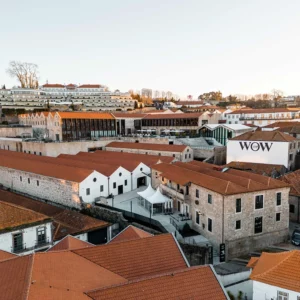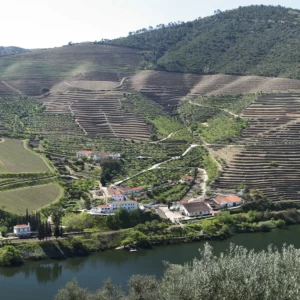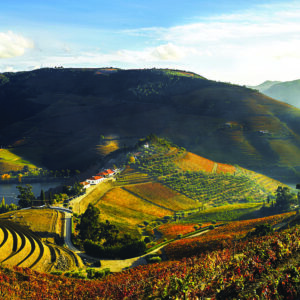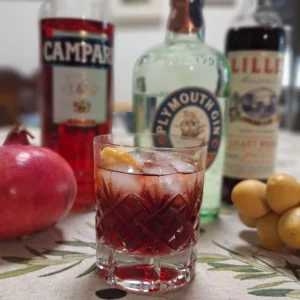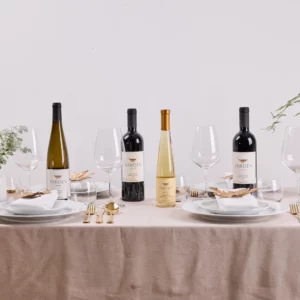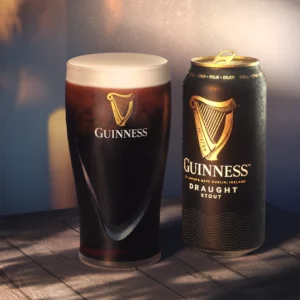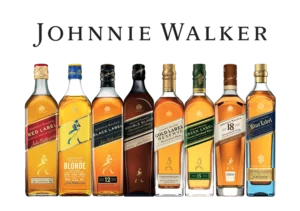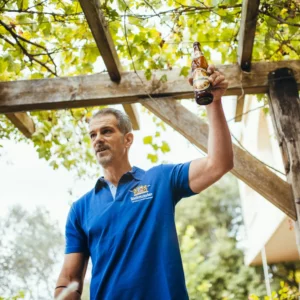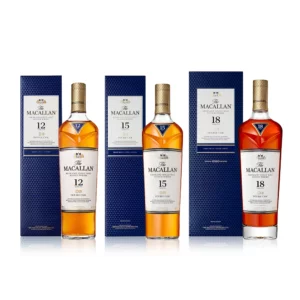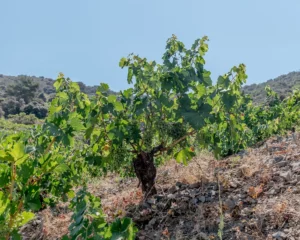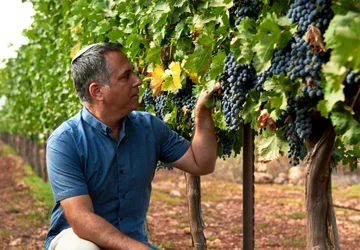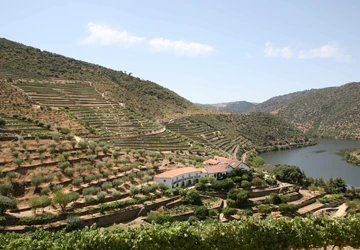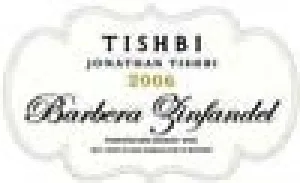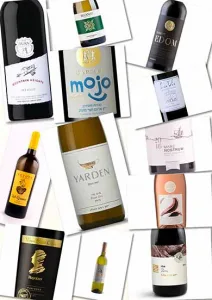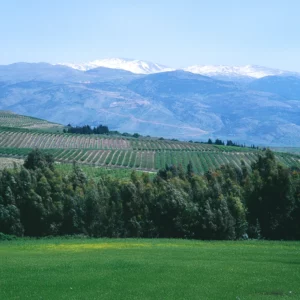These were the words of an English wine journalist who visited Israel four times in the last 15 years and claimed to know to what was good for the Israeli wine industry.
He parting advice was: Learn to love Carignan. Every country has a grape they are known for as their signature variety. Why not make some old vine Carignan, it’s your cheapest variety, it’s not unknown, and such a wine could be unique, interesting, and (hopefully) more sensibly priced.
Carignan hails from the town of Carinena in Spain. It is known as Carignane in California, Carignano in Italy and Carinena or Mazuelo in Spain. It is most prominent in Languedoc-Roussillon, the Catalan regions of Spain, Sardinia, North Africa and the Eastern Mediterranean. It is fairly well distributed in Cyprus, less so in Turkey and is barely seen in Greece. However it is more respected in Lebanon.
Traditionally, it is a variety that has always been most appreciated in blends. Mazuelo is usually a component in the Rioja blend. In Priorat it is often blended with Grenache. In the better Carignan regions of the Languedoc, like Corbieres, Fitou, Faugeres, it is often blended with Syrah, Grenache or Mourvedre. The legendary Paul Draper from Ridge Winery in California, produces a rare old vine Carignan and also uses it in one of his Zinfandel blends. It is also an integral part of the famous Lebanese wine, Chateau Musar, where it is blended with Cinsault and Cabernet Sauvignon.
Carignan has also been the backbone of the Israeli wine industry for nearly 130 years, being ever present since the 1880s, until today. When the first tentative steps to viticulture were taken in 1882 by a small number of farmers in the Rishon Le Zion area, they planted some local Arab varieties but also a grape they called Corignan. They received their cuttings from the Mikveh Israel Agricultural School.
Amongst the other varieties planted were Alicante (a synonym of Grenache), Espart (aka Mourvedre) and Bordolo (aka Cinsault), so there was a distinct bias to vines from the South of France. The reasons for this were not only that Mikveh Israel was founded and funded by the French but also they obviously thought the climate in Palestine was similar to that of the South of France.
So the presence of Carignan in Israel preceded even the involvement of Baron Edmond de Rothschild, the founder of the modern Israel wine industry. However, when the Baron came on his first visit to Israel in 1887, he insisted on concentrating more on Bordeaux varieties such as Cabernet Franc, Cabernet Sauvignon and Malbec. This was the beginning of a debate that is still going on today: What are better for Israel, Bordeaux or Mediterranean varieties
Back then, in the 1890s and into the first decade of the 20th century, the Mediterranean varieties won the argument. The growers complained about the low yields of the Bordeaux varieties. Furthermore the early wineries discovered the market was not yet ready for a more expensive, higher quality Palestine wine. So, when the vines in Israel became affected by phylloxera, they all had to be grubbed up and the vineyards replanted. By that time the growers knew what the market wanted basic sacramental wines and inexpensive bulk wine. Carignan and Alicante were selected instead and these two varieties were systematically planted throughout Israel.
By the 1940s, Carignan had a 20% share of the wine grapes planted in Israel. This grew to 28% in the 1950s and to 35% in the 1960s. By the 1970s the harvest of Carignan amounted to nearly 25,000 tons and at one stage, even reached 55% of all the grapes planted in Israel.
Even then, the Carignan vine was considered to be most at home in the area around the town of Zichron Yaacov. More than half of the countrys Carignan vineyards were planted in the valleys either side of the southern part of Mount Carmel. This was in those days the largest wine growing region in Israel. All the Carignan vineyards were planted in the goblet, bush vine style that was in vogue at the time. Harvesting was by hand and with the older vineyards, drip feed irrigation was not always absolutely necessary.
Why was Carignan so popular Firstly it was ideal for the Israels Mediterranean climate. Though susceptible to powdery mildew, it proved easy to ripen and produced consistent results even during the hottest, most humid vintage. It was versatile and could be used to make grape juice, sweet sacramental wines or dry red table wines and growers could get very high yields, up to 4 tons per dunam. What was important was volume production and suitability to the climate. Quality was not then an issue.
Over the years, two attempts were made to improve the simple Carignan grape. The Ruby Cabernet variety was developed in California in 1949. This was a cross between Carignan & Cabernet Sauvignon. Today, it is only sparsely grown in Israel, where there are approximately 100 tons harvested each year. The only commercial winery using it to good effect is Tishbi Winery, with their Ruby M, a blend of Ruby Cabernet and Merlot.
More prevalent is the Argaman variety, which was developed in Israel in the early 1990s. It is a cross between Carignan and Souzao, and there are about 2,000 tons harvested in Israel. The most successful varietal Argaman to date, is a single vineyard wine produced by Segal Wines. However neither Ruby Cabernet nor Argaman were successful in replacing Carignan as the volume grape of Israel.
Since then, Israel has gone through a well-documented quality revolution. Wineries now plant noble varieties in cooler, higher altitude vineyards, with the express objective of making quality wines. As a result of this change, it is the Bordeaux varieties that have returned, fulfilling the original vision of Baron Edmond de Rothschild. Today, the finest wine from most Israeli wineries is either a Bordeaux style blend or a varietal Cabernet Sauvignon. These are the wines receiving the highest scores and bringing Israel a new name for quality.
Yet the marketing people and some winemakers still believe a return to Mediterranean varieties is inevitable. Shiraz/ Syrah has been heavily planted in the last 10 years and is thought by many to be ideal for Israel and there are plantings of new clones of Grenache and Mourvedre etc.
In the 1990s, there was a revival in Carignan, led by regions such as Priorat and Fitou. The use of old vines and reduction in yields was seen as the key to getting the maximum from the variety. Also in Israel, winemakers began to look at their productive Carignan vineyards differently. Individual plots in old vine vineyards were identified and yields were drastically reduced. The stage was set to produce some good, quality, old vine Carignans.
Margalit Winery made a one off Carignan in 2001 and since then Carmel has been the leading the way producing its Appellation Carignan Old Vines from Zichron Yaacov vineyards since the 2004 vintage. The vineyards used are around 35 years old and yields have been drastically reduced to as little as 0.3 tons per dunam or 20hl/ha. Carmel also produce an easy drinking red called Carmel Ridge (known as Reches in Hebrew), which is a blend of Carignan and Shiraz from the Zichron Yaacov region.
Apart from Carmel, there are other wineries now producing some excellent Carignans. There is a newly released Barkan Reserve Carignan from their Hulda vineyard, in the Judean plain and the grapevine says that there may soon be a Tishbi Estate Carignan. There are also a few smaller wineries specializing in Carignan. For example the Vitkin and Somek Carignans have had very good reviews. The English wine journalist quoted earlier, would be satisfied to see the revival of Israels oldest variety.
Carignan was the first international variety planted in Israel and it has been a permanent fixture since the earliest vineyards of Rishon Le Zion in 1882 and Zichron Yaacov in 1883. Today it is true that there are more hectares of Cabernet Sauvignon planted, but because of overall higher average yields, Carignan is still the leading variety in terms of tons harvested with approximately 20% of the total wine grape harvest.
The fact that vineyards once used for sacramental wine are now producing quality varietal Carignans is symbolic for the changes in priorities in the Israel wine industry as whole. Certainly the wine critic, sommelier or retailer from abroad is more interested in tasting wines that are edgier, more exotic or unusual. The world is awash with Cabernets and Merlots. The wine professional may turn up his nose at the opportunity to taste yet another Cabernet or Merlot. However an Old Vine Carignan from Israel that could be really interesting!



